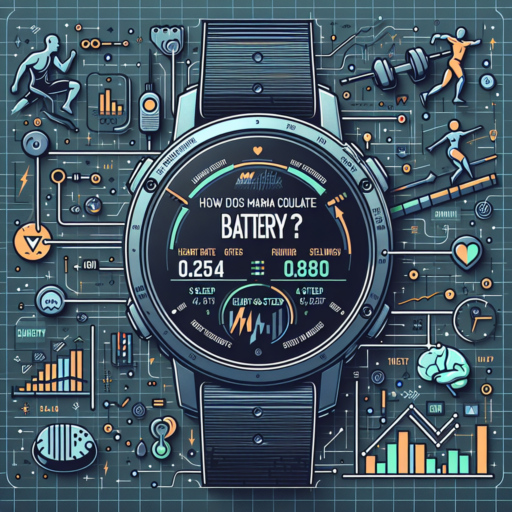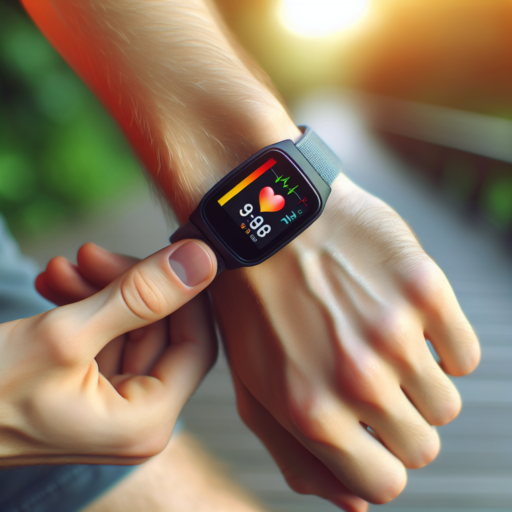What is PPG and how does it work?
Photoplethysmography, or PPG, is a non-invasive optical technique widely used to detect volumetric changes in blood in peripheral circulation. It is a valuable tool in medical and fitness applications, offering insights into cardiovascular health and other vital parameters. The essence of PPG lies in its simplicity and the richness of the information it provides about the circulatory system.
The working mechanism of PPG involves emitting a light source, typically an LED, onto the skin and then measuring the amount of light either transmitted or reflected to a photodetector. Blood absorbs light more than the surrounding tissues, and because blood volume in tissues changes with heartbeat, the amount of light captured by the photodetector varies with time. This variation is used to create a PPG signal, which can be analyzed to provide information about heart rate, blood oxygen saturation, and other circulatory system metrics.
The versatility of PPG technology allows for its integration into numerous wearable devices, such as smartwatches and fitness trackers. Through sophisticated algorithms, these devices can translate raw PPG signals into actionable health data. Additionally, the advancements in PPG technology have facilitated its application in monitoring various health conditions, from assessing stress and fatigue levels to supporting the diagnosis of cardiovascular diseases.
How does a PPG collect data?
A Photoplethysmogram (PPG) is a simple and low-cost optical technique that can be used to detect blood volume changes in the microvascular bed of tissue. This method of data collection primarily relies on a light source and a photodetector. The light source illuminates the skin, and the detector measures variations in light absorption. These variations occur due to pulsatile changes in blood volume within the tissue, allowing the PPG device to collect data on blood flow, heart rate, and other cardiovascular indicators.
A crucial aspect of data collection by a PPG involves the wavelength of the light source used. Typically, green or infrared (IR) light is employed due to their effective penetration levels into the skin. Green light wavelengths are absorbed significantly by the hemoglobin in the blood, making them ideal for monitoring superficial blood flow. Conversely, infrared light, with its deeper penetration, is more suitable for assessing deeper vascular systems. The choice of light significantly affects the accuracy and type of data collected, outlining the importance of customization in PPG devices for specific health monitoring objectives.
The interaction between the emitted light and the blood vessels plays a central role in the data collection process. As the heart beats, it causes a cyclical increase and decrease in blood volume within the vessels, leading to cyclic changes in the light absorption in the tissue. This phenomenon produces the plethysmographic waveform that is characteristic of PPG signals. By analyzing these waveforms, it is possible to extract valuable information about the physiological state of an individual, such as heart rate variability and blood oxygen saturation levels.
No se han encontrado productos.
How accurate is PPG?
The accuracy of Photoplethysmography (PPG) technology, utilized in a myriad of wearable devices for monitoring heart rate and other vital signs, has been a topic of much discussion among both consumers and professionals. At its core, PPG operates by employing light-based technology to gauge the blood volume changes within microvascular bed of tissue, offering insights into the cardiovascular system. The question of its precision, however, hinges on several factors that can significantly influence its performance.
Variability in Device Quality: The market is flooded with a wide range of devices that use PPG technology, from high-end smartwatches to more affordable fitness bands. This variability in device quality plays a crucial role in the accuracy of readings. High-quality devices with advanced sensor technology and algorithms can offer remarkably accurate measurements, whereas cheaper alternatives might not provide the same level of reliability.
Impact of Physical Conditions: User-specific variables such as skin type, presence of tattoos, and even the site of wear can affect the accuracy of PPG readings. Moreover, motion artifacts — changes detected by sensors due to movements rather than actual physiological changes — pose a significant challenge. Manufacturers strive to mitigate these factors through algorithmic improvements, but their effectiveness can vary from person to person.
Thus, while PPG technology holds promising potential for non-invasive monitoring of heart rate and blood oxygen saturation, its accuracy is contingent upon a mix of device quality, user-specific factors, and technological advancements. As research progresses and algorithms are refined, the precision of PPG is expected to improve, making it increasingly reliable for both casual users and healthcare professionals alike.
What is the function of PPG?
The function of PPG, or Photoplethysmography, is a non-invasive method used to study the cardiovascular system. This technique utilizes light-based technology to measure the blood volume changes in the microvascular bed of tissue. Notably, PPG is crucial in monitoring various health conditions and assessing the circulatory system’s state in a simple, affordable, and accessible manner. Understanding the core functions of PPG can provide invaluable insights into its diverse applications in the medical field.
Monitoring Heart Rate and Blood Flow
The primary function of PPG is to monitor heart rate and analyze blood flow dynamics. By detecting blood volume changes in the blood vessels, PPG devices can calculate heart rate with significant accuracy. This feature is instrumental in both clinical settings and consumer health devices, such as smartwatches and fitness trackers. The real-time data collected by PPG sensors enable users and healthcare providers to make informed decisions regarding cardiovascular health management.
Assessing Vascular Health
Another critical function of PPG is assessing vascular health. Through waveform analysis, PPG can help in identifying abnormalities in blood flow, which may indicate various vascular issues. This capacity of PPG to provide insights into the arterial stiffness and the overall vascular condition is vital for early detection and prevention of chronic diseases. It is a cornerstone in preventive healthcare, allowing for early intervention strategies to mitigate potential health issues.
Ultimately, the functionality of PPG extends beyond mere heart rate monitoring, encompassing a broad spectrum of applications that contribute to a comprehensive understanding of an individual’s cardiovascular health. Its non-invasive nature, coupled with the depth of information it provides, makes PPG an indispensable tool in modern medical practices and health and wellness monitoring.




